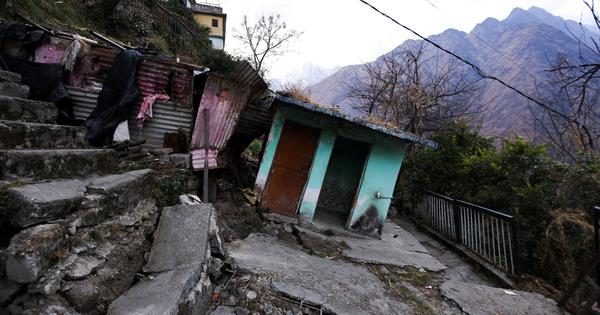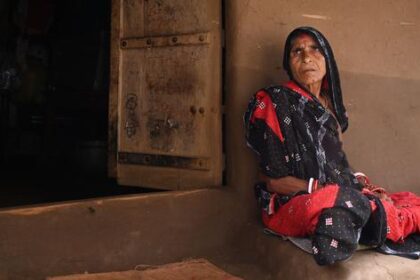Unplanned construction threatens ecosystems, communities, and the stability of the Himalayan region.
The rapid development of hydropower and infrastructure in the Indian Himalayas raises significant concerns about the long-term implications for the environment, local communities, and the region’s delicate ecosystems. Uttarakhand, known as the energy state of India, features fast-flowing rivers that are harnessed for hydroelectric power. The Tehri dam, located in Garhwal, stands as the tallest dam in the country. While the region’s rivers and mountains are well-suited for generating electricity through renewable sources, the pace of development is increasingly precarious.
In Ladakh, the Zoji La pass, one of the highest in the world, plays a crucial role in both military logistics and the local ecology. The construction of the Zoji La tunnel aims to improve troop deployment near the Indo-Chinese border while ostensibly promoting economic development. However, this project involves extensive blasting and excavation, which disrupts the fragile geological structures of the area, generating noise and air pollution that jeopardizes local wildlife.
Hydropower projects rely on the kinetic energy of flowing water, contributing significantly to the global renewable energy mix. Yet, in regions like Joshimath in Uttarakhand and Zoji La in Ladakh, the environmental degradation caused by rapid urbanization and infrastructure development poses a serious threat. The construction of hydropower facilities, along with accompanying railways, highways, and tunnels, often occurs without adequate planning or consideration for the region’s ecological sensitivity.
In Joshimath, located at an altitude of 1,800 meters, land subsidence has become a pressing issue. Over 850 homes have been rendered uninhabitable due to structural cracks, with satellite data indicating a significant drop in elevation. The town experienced a subsidence of 5.4 centimeters within a mere 12 days at the end of 2022, with prior data showing a rapid descent of 9 centimeters over several months. Research has linked this subsidence to the construction activities associated with hydropower projects, particularly the near-completion of the Tapovan Vishnugad project.
Local residents have expressed deep concerns about the impacts of infrastructure development on their lives and surroundings. Rivya Dimri, an apple farmer who moved away from Joshimath, attributes the subsidence not only to natural factors but also to the construction and deforestation linked to dam projects. Similarly, Tanzong Le from Leh argues that military priorities have taken precedence over the safety of local communities and the ecological balance in Ladakh. He warns that the use of dynamite in construction endangers both the geological stability of the mountains and the surrounding wildlife.
The challenges faced in Joshimath and Zoji La illustrate the consequences of poorly managed infrastructure projects that favor economic and military goals over environmental preservation. While hydropower plants and associated infrastructure may promise economic benefits and enhanced security, the ongoing disregard for ecological integrity poses a grave risk to the very mountains that safeguard the region’s inhabitants, wildlife, and ecosystems.








